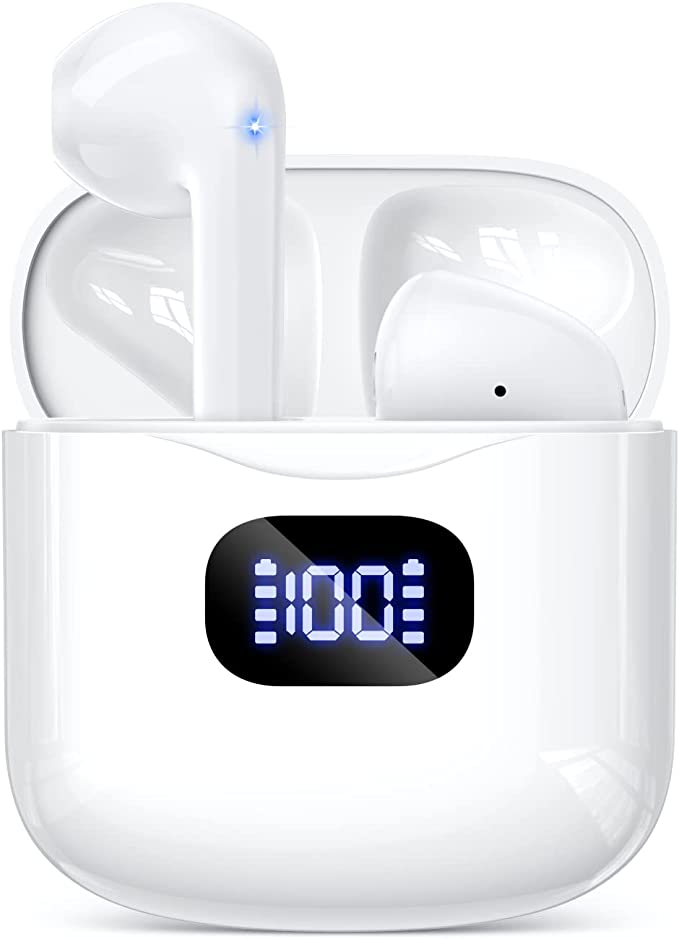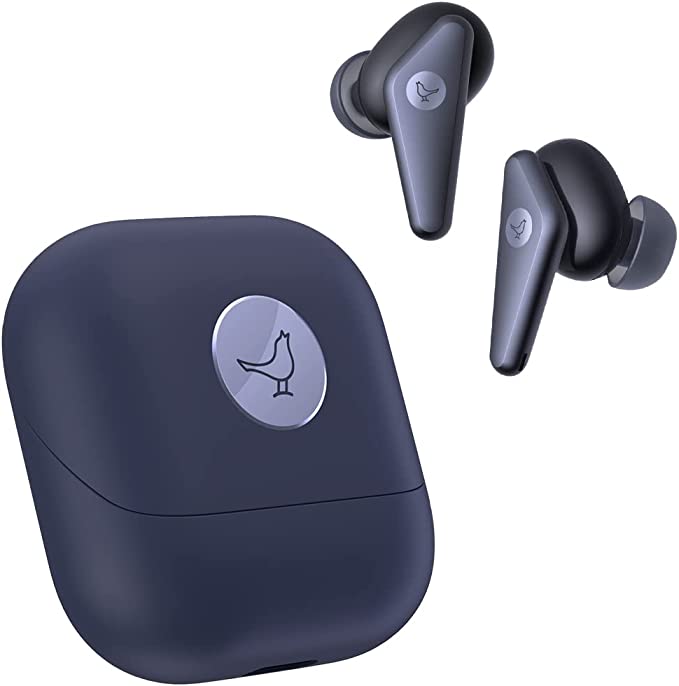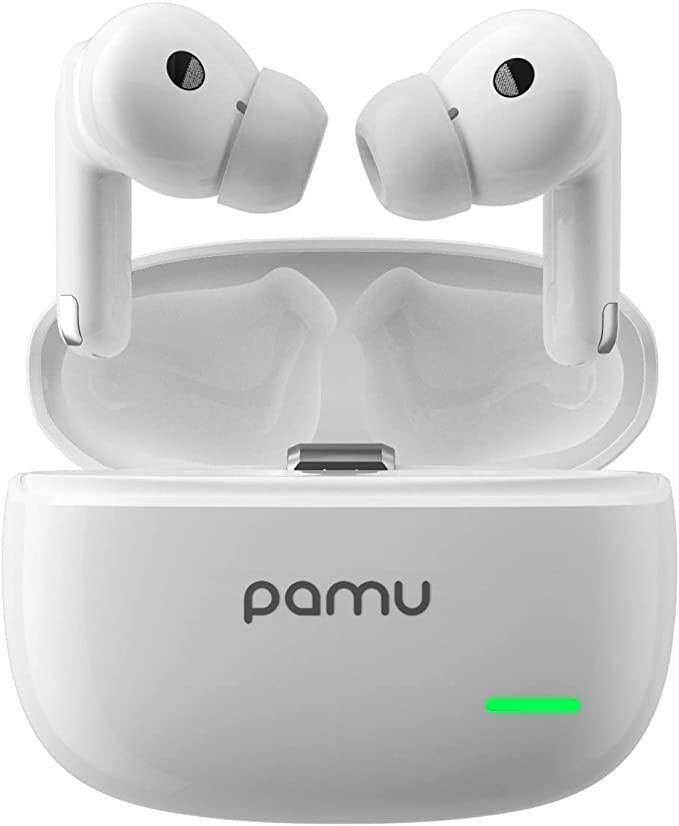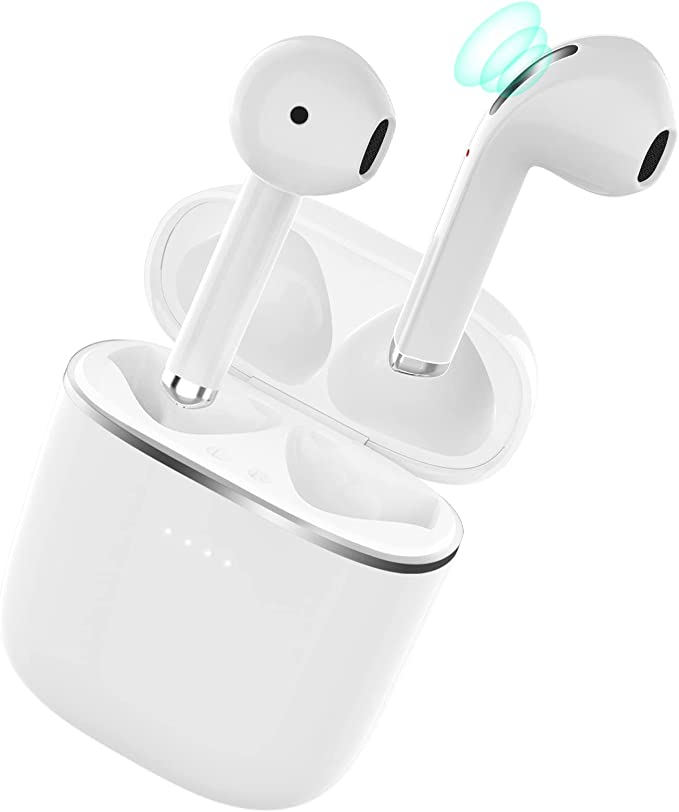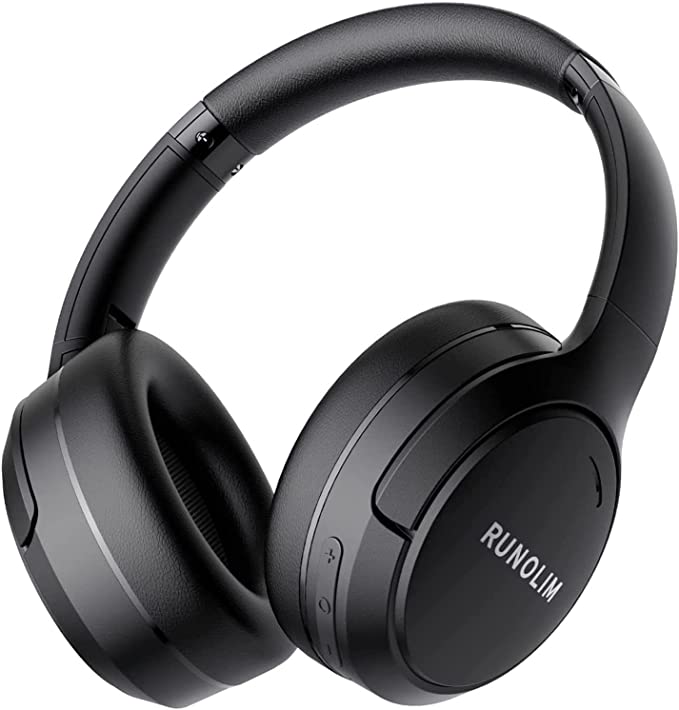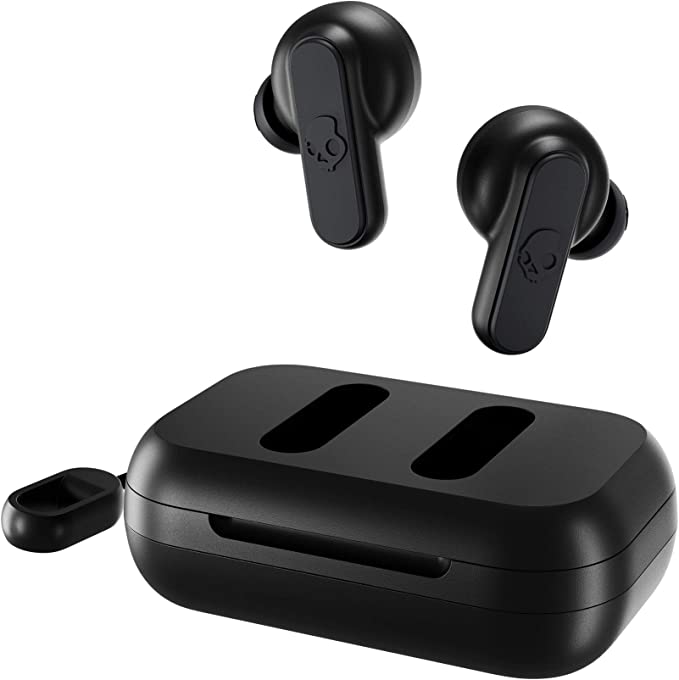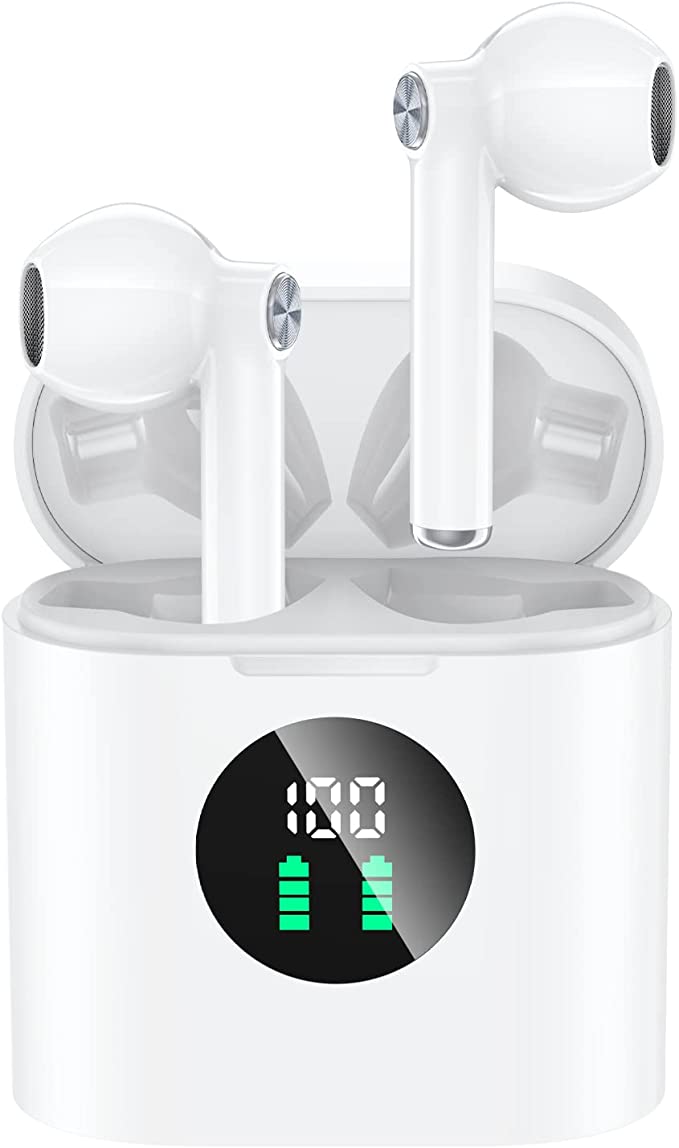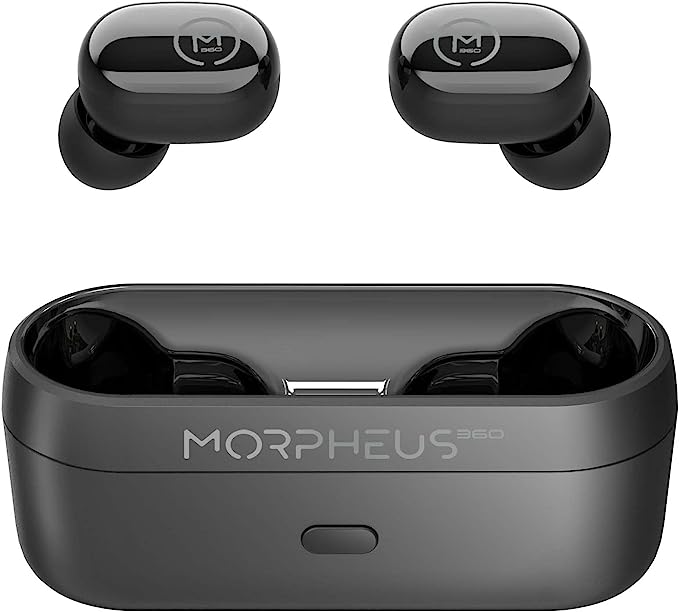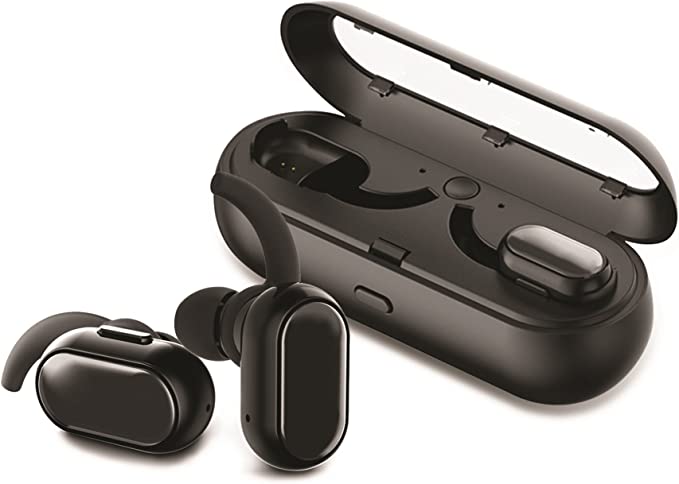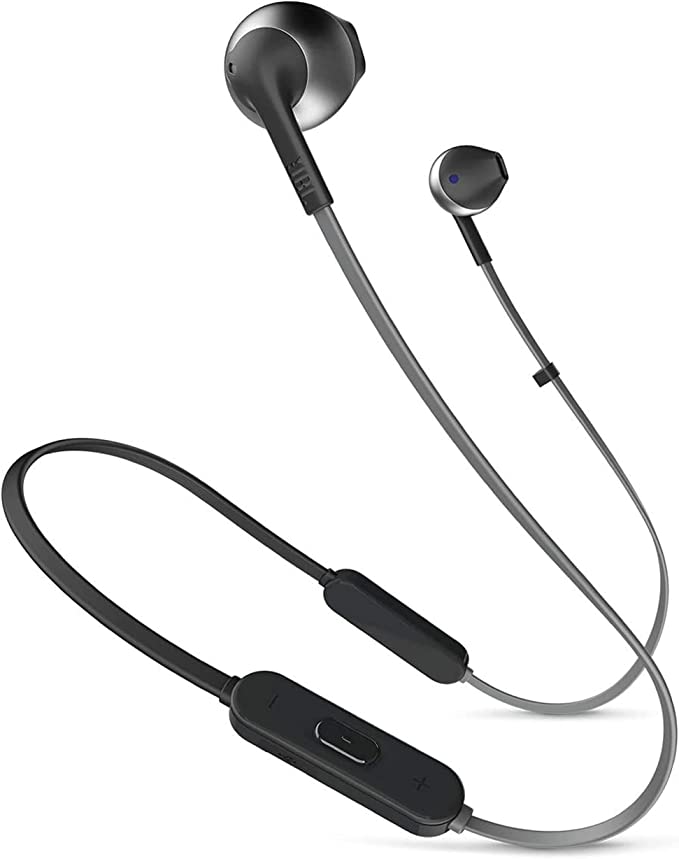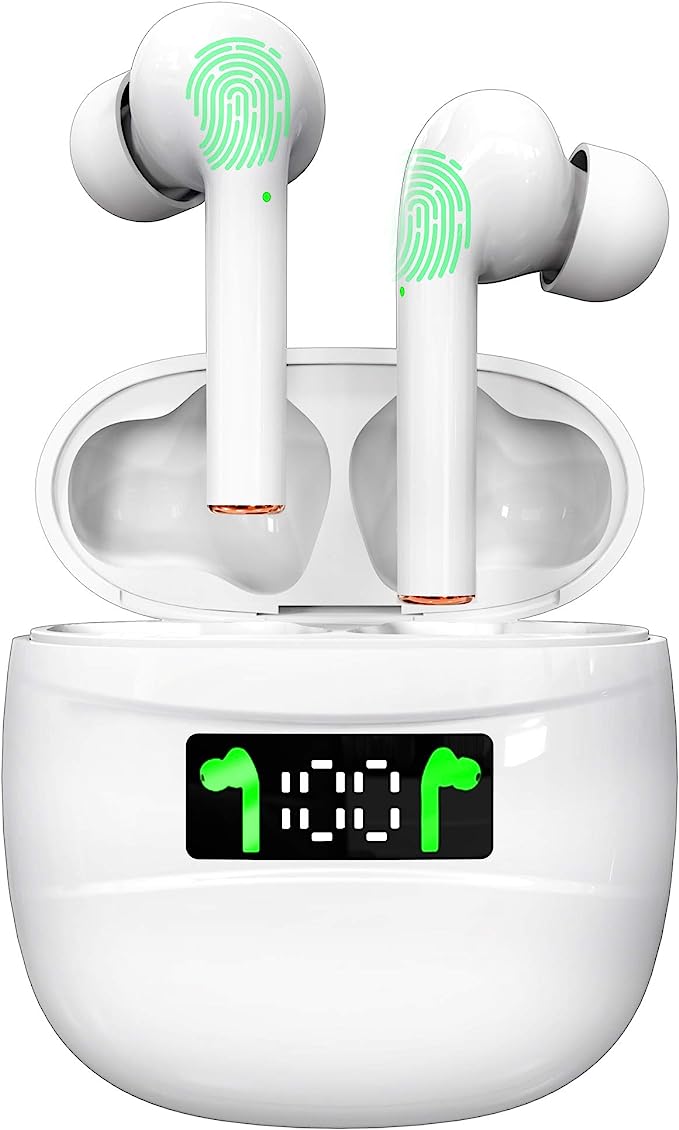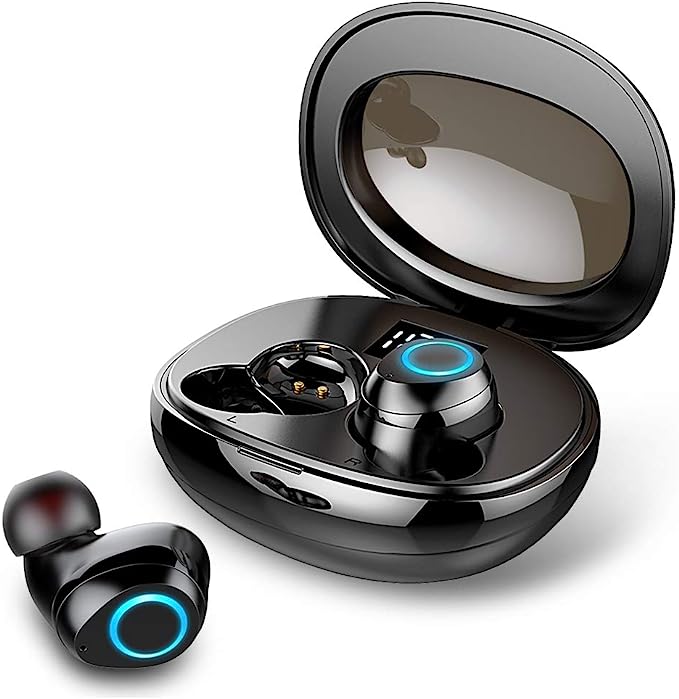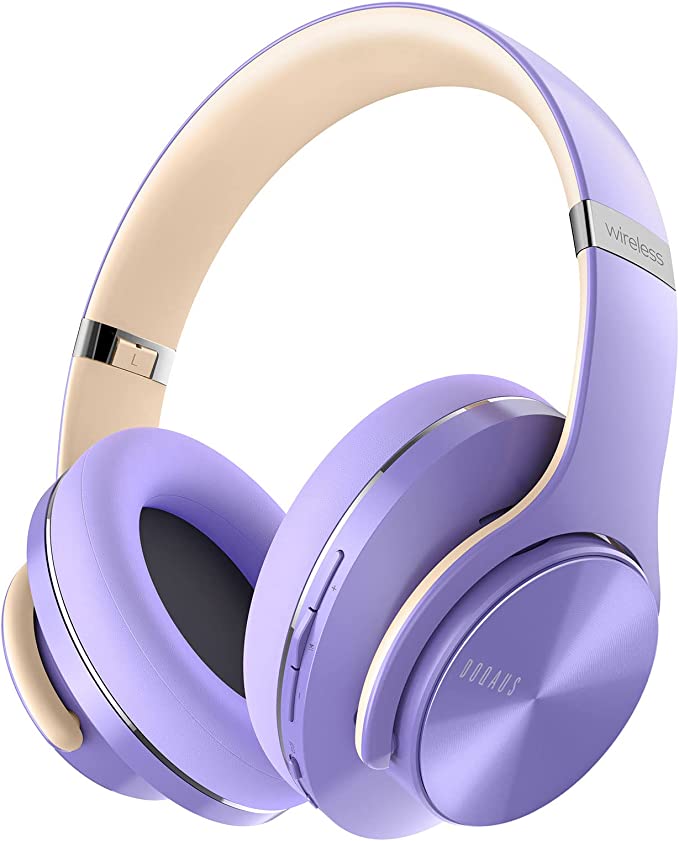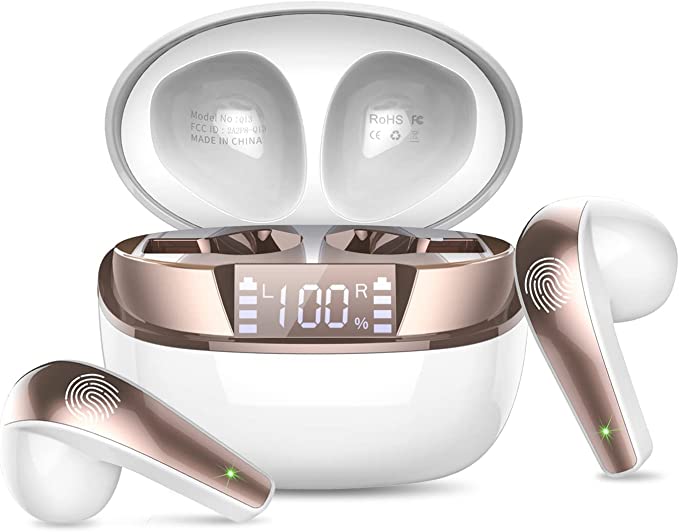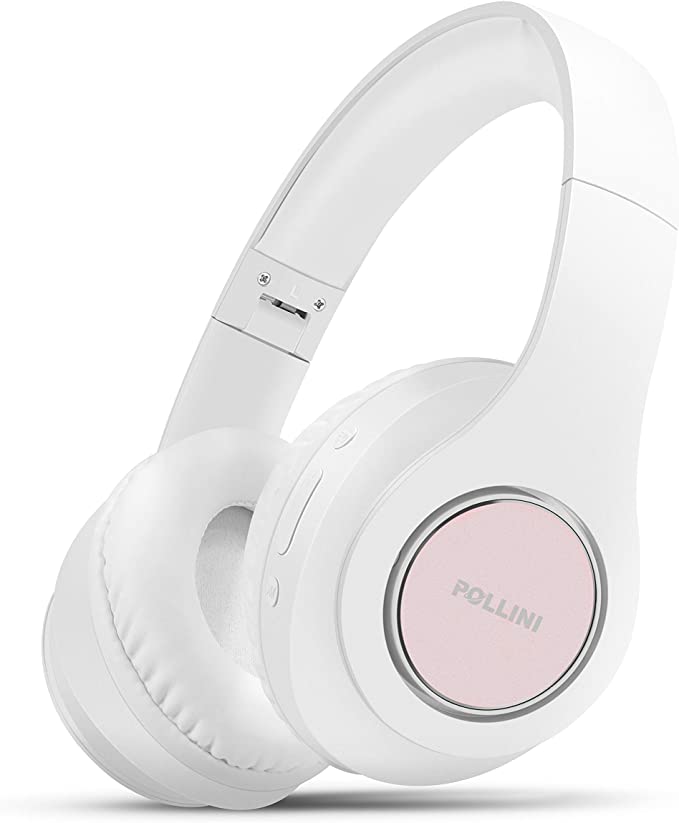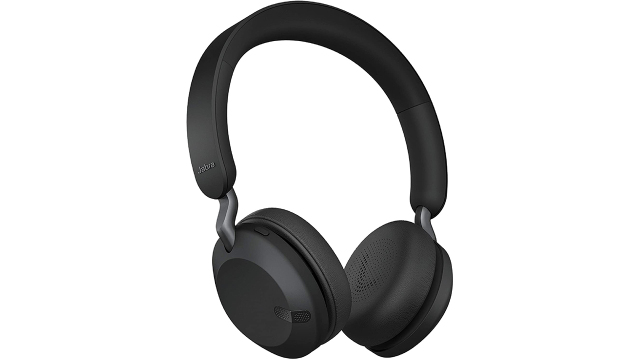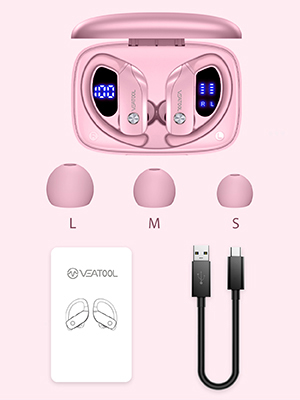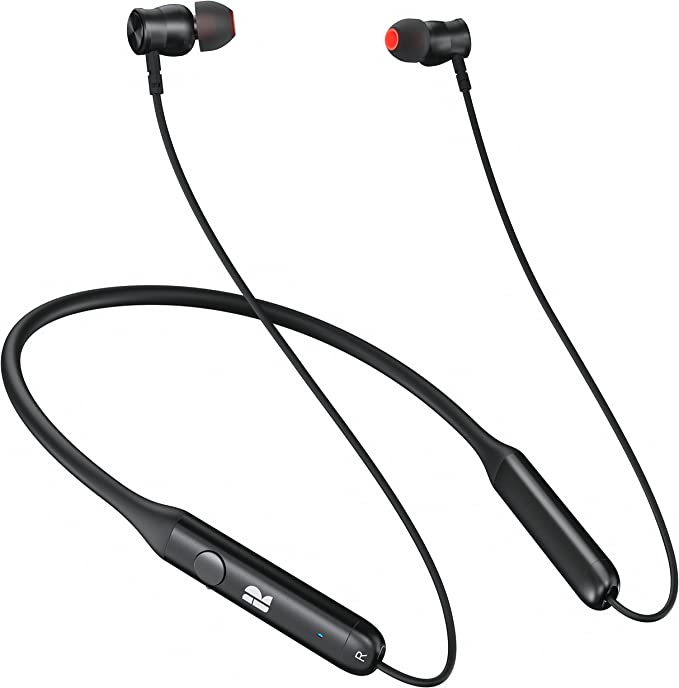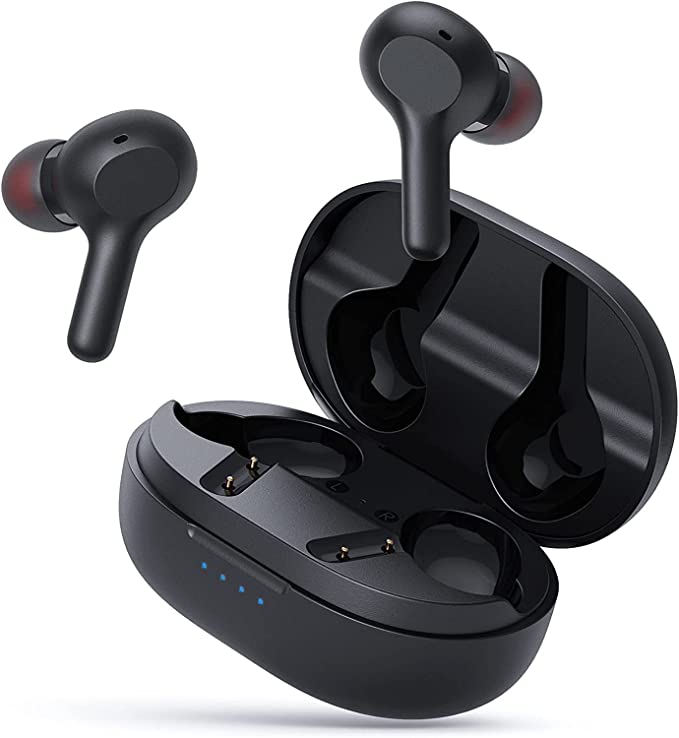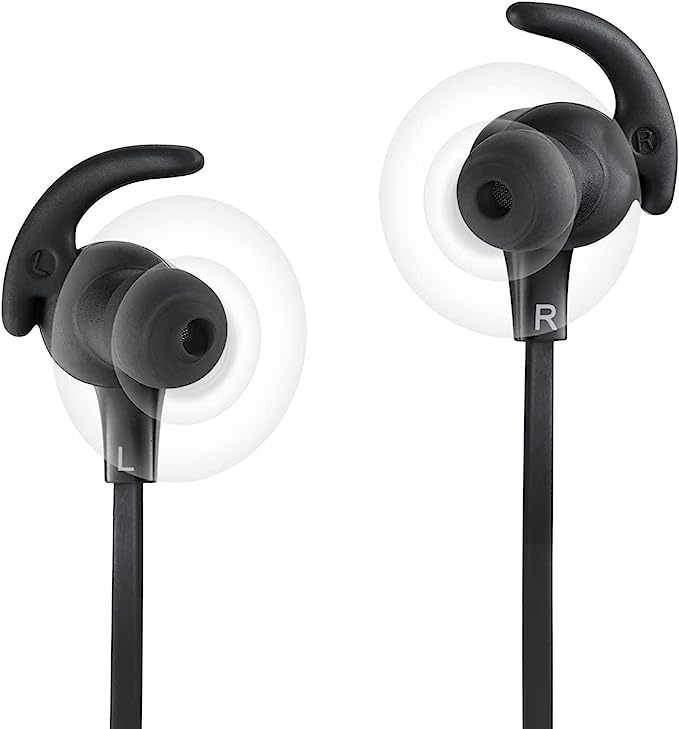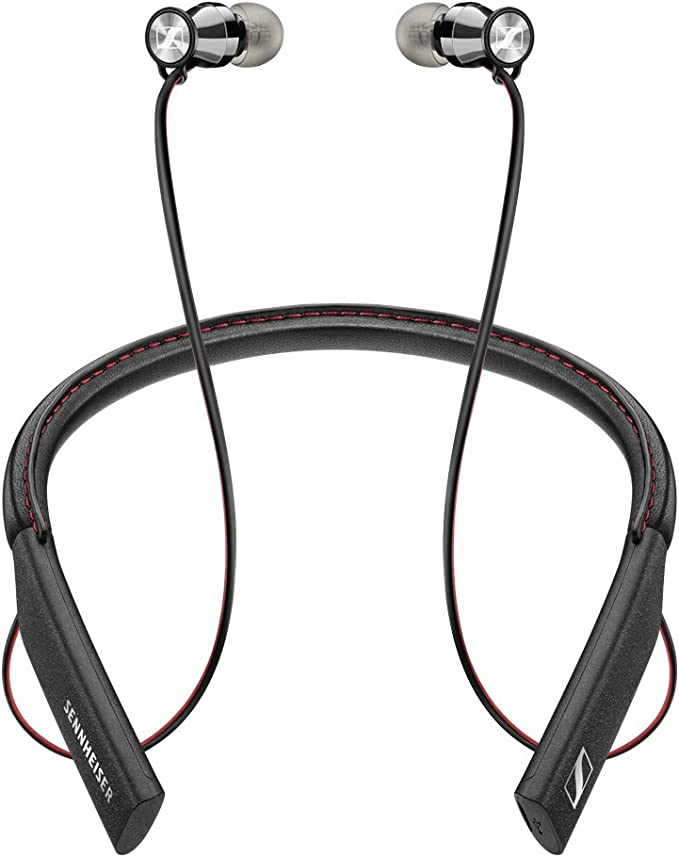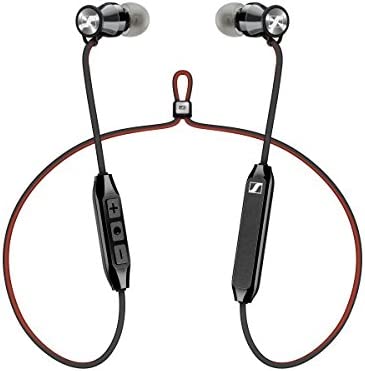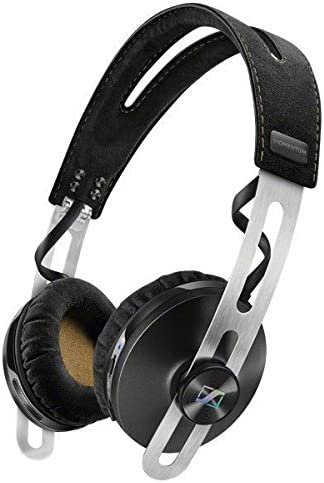Sennheiser HD1 AEBT Wireless Headphones: The Science of Sound, Silence, and Style
Update on April 25, 2025, 4:22 p.m.
Imagine stepping onto a bustling city train. The screech of metal on tracks, the cacophony of conversations, the low rumble of the engine – it’s a wall of sound that makes escaping into your favorite music or podcast feel like a distant dream. Or perhaps you’re trying to focus in an open-plan office, where every keyboard click and phone call conspires against concentration. In our modern world, finding a pocket of personal sonic peace is a luxury many crave. This very human desire has fueled incredible innovation in personal audio technology, engineers constantly striving to build our own portable sanctuaries of sound. The Sennheiser HD1 AEBT Wireless headphones, though likely now succeeded by newer models and noted as discontinued by the original seller, stand as a fascinating chapter in this ongoing story – a blend of meticulous German engineering, premium materials, and sophisticated science aimed squarely at delivering an immersive, undisturbed listening experience. Let’s dive into the science woven into their fabric, drawing from manufacturer insights and the real-world experiences documented by those who used them.

The Alchemy of Silence: How Noise Cancellation Lets You Hear the Music, Not the World
One of the most sought-after features in premium headphones is Active Noise Cancellation (ANC). It sounds almost magical – put on the headphones, flip a switch (or in this case, power them on), and the drone of the airplane engine fades, the office hum recedes. But it’s not magic; it’s clever physics. Sound travels as waves, with peaks and troughs, much like ripples on a pond. Unwanted ambient noise is simply a complex collection of these waves bombarding our ears.
ANC technology performs a remarkable trick. Tiny microphones embedded in the headphones – the HD1 AEBT utilizes Sennheiser’s “NoiseGard hybrid active noise cancellation” system, employing, according to its specifications, four microphones – constantly listen to this incoming ambient noise. Sophisticated circuitry then analyzes these sound waves in real-time and generates a new sound wave that is precisely the opposite – an “anti-noise” wave. Think of it as creating a ripple pattern that’s the perfect mirror image of the unwanted noise ripples. When the peak of an ambient noise wave meets the trough of the generated anti-noise wave, they cancel each other out. This phenomenon, called destructive interference, dramatically reduces the perceived level of constant, low-frequency noise.
Based on the user accounts provided in the source material, Sennheiser’s NoiseGard system was largely effective at this task. Users reported a significant quieting of environmental hums and drones, making commutes and flights much more pleasant. Some specifically noted that the HD1’s ANC felt less aggressive than some other brands, avoiding that sometimes uncomfortable “eardrum suck” sensation. However, the technology isn’t an impenetrable shield. User feedback indicated it was less effective against sudden, sharp noises or higher-frequency sounds like nearby conversations. A key operational point, frequently mentioned by users, was that the ANC function couldn’t be switched off independently when the headphones were operating wirelessly – it was always active when powered on via Bluetooth. Furthermore, while many had flawless experiences, some users reported encountering quality control issues, such as popping sounds related to the ANC, necessitating warranty service. This highlights that even sophisticated technology relies on precise manufacturing and execution.

Cutting Cords, Keeping Quality: The Intricacies of Wireless Sound
The allure of cutting the headphone cord is powerful. Bluetooth technology, specifically version 4.0 in the HD1 AEBT, offers this liberation, allowing seamless connection to phones, tablets, and computers. But sending high-quality audio over the airwaves isn’t as simple as it sounds. Raw digital audio contains a vast amount of data, too much for the standard Bluetooth connection to handle without choking. This is where audio codecs come in – they are like specialized digital couriers that compress the audio data for transmission and then decompress it at the headphone end.
The most basic Bluetooth codec, SBC (Subband Codec), prioritizes a stable connection above all else, often achieving this by significantly compressing the audio, which can sometimes lead to a noticeable loss of detail and richness – like trying to force a wide stream of information through a narrow pipe. Recognizing this limitation, Sennheiser equipped the HD1 AEBT with aptX® support. Think of aptX as a wider, more efficient data pipe. As the manufacturer’s information highlights, aptX uses a more sophisticated compression algorithm designed to preserve more of the original audio data, aiming for a sound quality often described as “CD-like.” It allows more nuances, finer details, and a greater dynamic range to survive the wireless journey. Crucially, however, to reap the benefits of aptX, both your transmitting device (phone, computer) and the headphones must support the codec. To simplify the initial connection process, the HD1 AEBT also incorporated NFC (Near Field Communication), allowing pairing with compatible devices with just a simple tap – a small but appreciated touch of convenience.
In practice, users widely praised the sound quality delivered by the HD1 AEBT over Bluetooth, often attributing the clear, natural, and detailed sound signature (a common theme in the positive reviews) at least partially to the aptX capability. The ability to connect to two devices simultaneously was also noted as a useful feature. However, the freedom of wireless wasn’t without its frustrations for a notable number of users. A recurring theme in the provided feedback was Bluetooth connection instability. Several users reported experiencing audio dropouts, skips, or stuttering, particularly when walking outdoors with their phone in a back pocket. While Sennheiser’s customer support, as documented in one detailed review, pointed towards environmental factors (like interference in the crowded 2.4GHz band used by Bluetooth) and body blocking (the human body, being mostly water, can absorb radio signals), this remained a significant drawback for those affected, undermining the core promise of seamless wireless listening in certain common scenarios.

Can You Hear Me Now? The Science of Clearer Calls with VoiceMax
Our headphones are increasingly becoming communication hubs. Taking calls on the go is commonplace, but background noise can often make conversations difficult for the person on the other end. The HD1 AEBT incorporated Sennheiser’s VoiceMax™ technology to address this. According to the manufacturer’s description, this system relies on two built-in microphones. The underlying principle, common in advanced microphone systems, is likely using these two “ears” to intelligently differentiate the user’s voice from surrounding ambient noise. By comparing the sound arriving at both microphones, algorithms can better pinpoint the direction of the voice and dynamically filter out or suppress noise coming from other directions. The goal, as Sennheiser put it, is to “dynamically cancel out external interference for perfect speech intelligibility,” ensuring your voice comes through clearly, even if you’re not in a quiet room.

More Than Just Looks: Design, Materials, and the Ergonomic Tightrope
Beyond the electronics, the physical design of headphones is deeply intertwined with their performance and comfort. The HD1 AEBT employs a circumaural, or over-ear, design. This means the earcups are intended to completely encircle the ears, resting on the head around them. This, combined with the closed-back construction (meaning the earcups have solid outer shells with no vents), creates a crucial physical seal. This seal provides passive noise isolation – blocking a certain amount of external sound simply by forming a barrier – which complements the active noise cancellation system. A good seal is also vital for optimal acoustic performance, particularly for delivering full-bodied bass response.
The choice of materials is far from arbitrary, contributing to durability, aesthetics, and acoustic properties. The robust stainless steel headband provides a strong, lasting structure. The use of genuine leather on the earcups and headband, coupled with memory foam cushions, offers a tactile sense of luxury and contributes significantly to the seal. Memory foam, in particular, conforms to the unique contours around the listener’s ears, maximizing contact and minimizing sound leakage. Users consistently praised the premium feel and apparent durability of the HD1 AEBT’s construction, reflected in high ratings for material quality within the provided feedback.
However, designing something to fit comfortably on the vast diversity of human heads and ears is a perpetual ergonomic challenge. While the initial feel of the soft leather and memory foam was often lauded, a significant portion of user feedback highlighted issues with long-term comfort. Some found the earcups slightly too small or shallow, causing their ears to press against the inside, leading to discomfort after several hours. Others reported feeling pressure from the headband over extended listening sessions. These experiences underscore the subjective nature of comfort and the difficulty in achieving a universally perfect fit, especially with an on-head clamping design necessary for a good acoustic seal and stability.
Powering the Journey: Battery Life and Portability
Untethered technology needs its own power source. The HD1 AEBT relies on a built-in Lithium Polymer battery, the standard for modern portable electronics due to its good energy density and rechargeability. Sennheiser claimed an impressive 22 hours of continuous playback time with both Bluetooth and ANC activated – enough for even the longest flights or multiple days of commuting. This claim generally aligns with positive user comments regarding battery life, suggesting it met real-world expectations for endurance. And for life on the move, the sturdy stainless steel headband features cleverly integrated hinges, allowing the headphones to fold inwards, making them more compact for storage in the included carrying case.

Conclusion: Echoes of Engineering – The HD1 AEBT Legacy
The Sennheiser HD1 AEBT Wireless wasn’t just a pair of headphones; it was a carefully orchestrated symphony of technologies. From the delicate dance of sound waves in its active noise cancellation system to the sophisticated data compression of aptX ensuring wireless fidelity, from the intelligent filtering in its VoiceMax microphones to the deliberate choice of steel, leather, and foam shaping its physical form and acoustic signature – every element represented a specific engineering choice aimed at enhancing the personal listening experience.
As reflected in the available user feedback, this engineering effort yielded a product widely acclaimed for its superb sound quality, luxurious build, and effective noise reduction. It offered a compelling package for those seeking a premium escape into sound. Yet, the documented experiences also reveal the inherent challenges of the technology of its time – the occasional frustrations of Bluetooth instability in demanding environments and the universal ergonomic puzzle of long-term wearing comfort.
Though likely now part of Sennheiser’s history, succeeded by newer innovations, the HD1 AEBT Wireless serves as a valuable reminder of the complex interplay between physics, electronics, materials science, and human perception that defines high-performance audio. It represents a snapshot of dedicated engineering striving to deliver that coveted personal sound bubble, paving the way for the even more advanced audio tools we have today and those yet to come.
